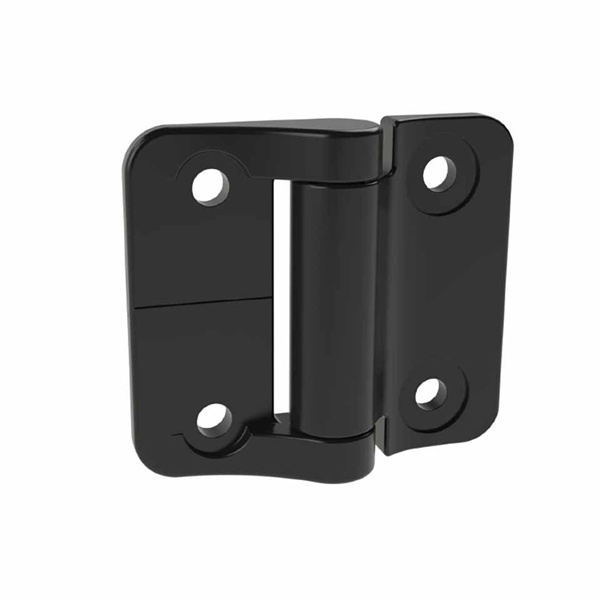Crafting Precision: The Role of Zinc Die Casting in Automotive Manufacturing
2024-01-02
Introduction:
In the dynamic world of automotive manufacturing, precision and efficiency are paramount. The zinc die casting process has emerged as a key player in shaping the intricate components that drive modern vehicles. In this blog, we will explore how the zinc die casting process contributes to the manufacturing of automobile parts, revolutionizing the way vehicles are designed and built.
The Zinc Die Casting Process Unveiled:
1. Molten Magic:
- Zinc die casting begins with the melting of zinc alloys, typically composed of zinc, aluminum, and copper.
- The molten metal is injected into a die or mold under high pressure, where it solidifies rapidly, capturing intricate details with exceptional precision.
2. Intricate Mold Designs:
- The molds used in zinc die casting are precision-engineered to reflect the intricate designs required for automotive components.
- These molds can produce highly complex shapes, allowing for the creation of detailed and functional parts in a single casting.
Lightweighting for Efficiency:
3. Weight Reduction:
- One of the primary contributions of zinc die casting to automotive manufacturing is its role in lightweighting.
- The process enables the production of lightweight yet structurally robust components, contributing to overall vehicle weight reduction.
4. Single-Piece Solutions:
- Zinc die casting can create entire components in a single piece, eliminating the need for multiple parts and assembly processes.
- This streamlined approach not only reduces weight but also enhances structural integrity and minimizes production costs.
Versatility in Design:
5. Complex Geometry Mastery:
- Automotive components often require intricate designs and complex geometries for optimal functionality.
- Zinc die casting excels in reproducing intricate details, offering designers the flexibility to create components with varied shapes and features.
6. Tight Tolerances:
- The process allows for the production of parts with tight tolerances, ensuring precision and consistency across multiple units.
- This is particularly crucial in the automotive industry, where the reliability and performance of each component are paramount.
Cost-Effective High-Volume Production:
7. High-Speed Production:
- Zinc die casting is a high-speed production process, making it well-suited for the automotive industry's demand for large quantities of components.
- The rapid cycle times contribute to efficient mass production, meeting the needs of high-volume manufacturing.
Conclusion:
The zinc die casting process stands as a technological cornerstone in the manufacturing of automobile parts. Its ability to create lightweight, intricately designed, and cost-effective components has transformed the automotive industry. From enhancing fuel efficiency through lightweighting to enabling the production of complex geometries with tight tolerances, zinc die casting plays a pivotal role in crafting the vehicles of the future. As automotive innovation continues, the precision and efficiency of zinc die casting are expected to remain central to the evolution of vehicle design and manufacturing.



